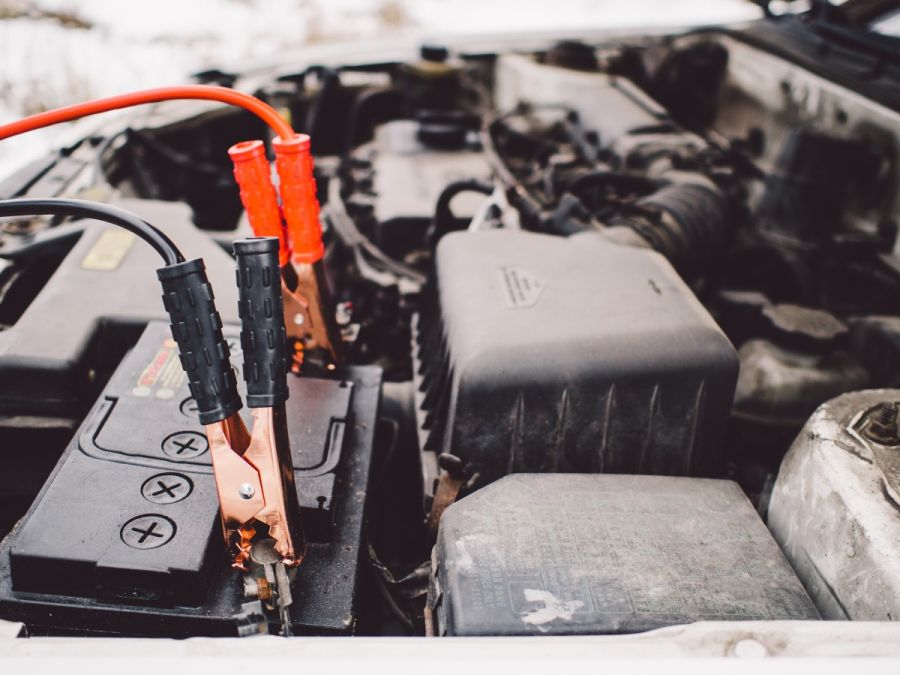You do not often think about your car’s battery until you pop the hood; then your battery stands proud among all the plumbing, wires and fluid containers that pack the engine bay—especially when it appears either shiny and new or, conversely, gunky and aged. Your car’s battery also draws your attention when you crank the starter and the motor turns over slowly or, worse, fails to engage at all. You can keep your car battery looking and performing factory-fresh under varying driving conditions by following these care and maintenance procedures.
How To Care for Your Car Battery
Most consumer batteries sold these days are no-maintenance models, requiring no water top-offs. Keep in mind, no-maintenance really means low-maintenance. The first step to keeping your battery performing optimally is to inspect it every month for impending problems. A battery that shows cracks or bulges is either defective or failure-prone. At that point, if your battery is within its battery warranty, you should take it to its place of purchase for a replacement. Note that whenever you work around the battery, you should wear protective gloves and goggles.
At some point during your inspections, you may see a white powdery substance around the battery terminals indicating a cleaning is necessary. Using a small wrench, remove the negative terminal cable followed by the positive one, wiggling the cables as necessary to loosen. Never allow the cable ends to come into contact with other metal parts, which can create a spark that may ignite stray battery fumes. Use a brush to wipe off the gunk. After reattaching the cables in reverse order, spray the post areas with a protectant and wipe the battery clean with a cloth.
How To Properly Keep Your Car Battery Charged
Two conditions can challenge your battery’s reserve capacity (the ability to crank over the engine under suboptimal conditions): running your car for short trips only and letting it sit idle for an extended period. Since your car’s alternator needs to cycle long enough to charge your battery, try to extend most of your drives for more than 20 minutes. If you must keep the car parked for longer than two months, disconnect the negative battery terminal to prevent ancillary equipment from draining it. You might also purchase a trickle charger that supplies a small current to keep the battery charged
What To Do If Your Battery Loses Juice
If your battery does become drained, you need either to jump-start your car or charge the battery. If you are a member of an auto club, you might find they can provide a jump-start within a few hours of your calling for service. If you are capable and have the cables, you can use a second car to jump-start yours yourself.
Some retailers offer a free battery charging service. Just remove your battery and bring it in; this service can usually be performed overnight. Whether you have jump-started your car or charged the battery, you still need to drive the car for an extended period to make sure the battery is fully primed.
For more information on battery care and maintenance, visit an online retailer or local auto parts store. Even then, the time will come that you can no longer sustain your car battery and you need a replacement. Building a relationship is a great way to make sure you have a great resource for that eventuality.

